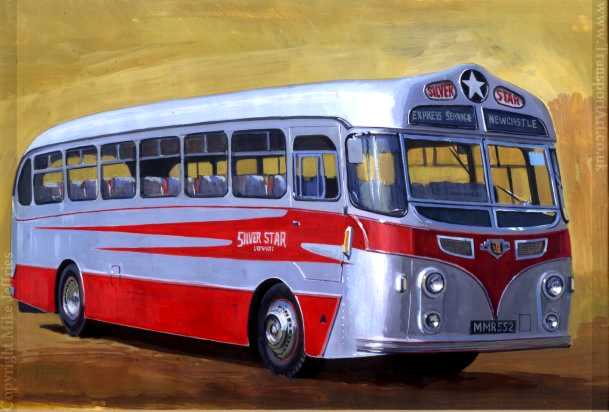In establishing their payroll policies and procedures, many California transportation industry employers often have to decide whether they should pay the drivers an hourly rate or flat rate compensation. While both types of payments are legal under California and Federal wage-and-hour laws, employers must be particularly careful when drivers are paid on a flat fee basis (or “piece rate”). The following are some of the common issues that arise during wage-and-hour litigation in the context of flat fee compensation arrangements.
1) Flat fee compensation must be not less than minimum wage.
California and federal law require employers to pay its workers at least minimum wage. A minimum wage rate under the Federal Labor Standard Act is $7.25 per hour and under California Labor Code is $8. The minimum wage problem usually arises when flat fee compensation is not sufficient to cover all hours worked at a minimum wage rate. Consider the following example.
Driver Smith works in San Francisco where a minimum wage rate is $10.24 and his daily flat fee is $100. Driver Smith is expected to pick up passengers at 7:00AM and his last route ends at 7:00PM, a time when he brings his bus back to the employer’s terminal. When the passengers are transported to their intended destination Driver Smith has about three hours of “down time” (or waiting time) before he starts his next route.
Under this scenario the $100 flat fee is “illegal” because it fails to pay minimum wage for all hours worked. Even though Driver Smith actually worked only 9 hours and three hours were “waiting” time, the employer must pay for all 12 hours (at least $122.88), since this time was spent for the benefit of the employer and his business.
California minimum wage law is harsh and provides for statutory liquidated penalties to aggrieved employees in the amount equivalent to unpaid wages. Liquidated damages, coupled with the extremely high cost of litigation, should convince any employer to comply with minimum wage laws.
2) A flat fee pay must include compensation for all hours worked including driving and non-driving hours.
It is common for commercial drivers to perform work other than driving. For example, typically, drivers are required to report to the terminal 20-30 minutes before a scheduled departure to perform a pre-trip inspection of the vehicle. Analogously, drivers are expected to inspect their vehicles after the trip. When an employer pays drivers on a “flat fee” basis, it is often unclear whether this “flat fee” includes compensation for non-driving activities.
To illustrate the point, consider a recent California superior case Carson v. Knight Transportation, Inc. In this case, Plaintiffs brought a class action against its employer alleging that under the terms of the employment contract drivers were only paid for driving, and required to perform pre and post non driving work without pay. At the heart of the dispute was the issue whether the flat fee arrangement included compensation for non-driving hours. The employer contended that Plaintiffs were all told that their pay for all work, driving and non-driving, was the amount calculated by the per-mile rate, and that they accepted this contract offer by driving and being repeatedly paid on that basis. The court sided with the employer and held that “[s]o long as a driver is paid an amount of at least minimum wage for all hours worked there was no apparent violation of wage and hour laws in having a flat fee arrangement (assuming, of course, no contrary agreement).
To avoid problems like the one in Carson v. Knight Transportation, Inc., employers should communicate to their drivers in writing that the flat fee arrangement constitutes compensation for both driving and non-driving activities. For example, the following language can be included in the agreement:
3) Split shift premiums should be paid to qualified drivers.
If a driver ‘s shift is scheduled in a way that it is interrupted by a non-paid break other than bona fide meal or rest breaks, the employer must pay the driver a split-shift premium. Wage-Order No. 9-2001, §2(n). When an employee works a split shift, one (1) hour’s pay at the minimum wage shall be paid in addition to the minimum wage for that workday Wage-Order No. 9-2001, §4(c). This additional hour of pay is also known as split-shift premium. What about the drivers who earn more than minimum wage per day, are they entitled to a split-shift premium. In its recent decision, the California Court of Appeals court held that the answer was no. To learn more about CA split-shift laws consider reading this post.
California employment law regulating hours and work conditions of transportation employees is highly complex. If you have questions regarding flat-fee compensation arrangement or other employment law related questions, feel free to contact one of our employment law attorneys located in San Francisco.


